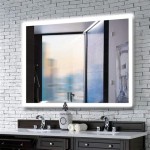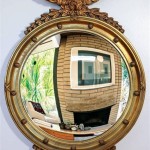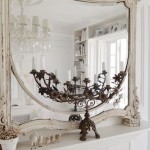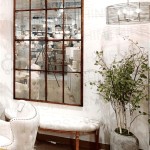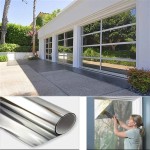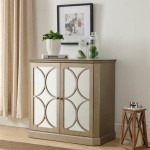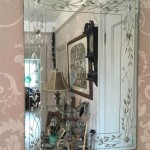Curved Mirrors: Enhancing Illumination in Car Headlights
Curved mirrors, a cornerstone of automotive lighting, play a pivotal role in shaping the beam pattern of headlights. Their unique design and reflective properties enable them to distribute light effectively, ensuring optimal visibility and safety during nighttime driving.
1. Types of Curved Mirrors in Headlights:
Car headlights typically utilize two types of curved mirrors: parabolic and elliptical. Parabolic mirrors have a concave reflective surface that concentrates light rays into a narrow beam, casting a focused illumination far forward. Elliptical mirrors, on the other hand, have two foci and create a wider, more dispersed beam pattern, providing better side illumination.
2. Reflective Properties:
Curved mirrors in headlights are coated with a reflective material, typically aluminum, which reflects light waves efficiently. The reflective surface can be shaped to achieve specific beam patterns and improve the overall performance of the headlights.
3. Controlling Beam Pattern:
The shape and curvature of the mirror determine the beam pattern of the headlights. By adjusting the curvature, designers can control the spread, intensity, and reach of the light. This allows for customized beam patterns to meet the specific needs of different driving conditions, such as low beams for city driving and high beams for open roads.
4. Beam Throw and Cut-off:
Curved mirrors in headlights help achieve both beam throw and beam cut-off. Beam throw refers to the distance travelled by the light beam before it starts to diminish. Beam cut-off, on the other hand, is the sharp drop-off in light intensity at the top of the beam pattern. This is crucial for avoiding glare to oncoming traffic.
5. Advantages of Curved Mirrors:
Curved mirrors offer several advantages in automotive headlights:
- Precise Light Distribution: They enable precise control over the beam pattern, ensuring optimal illumination in different driving conditions.
- Improved Visibility: Enhanced light projection and wider beam patterns increase visibility, improving driver safety at night.
- Reduced Glare: Proper beam cut-off minimizes glare, making it easier for oncoming drivers to see.
- Durability: Curved mirrors are designed to withstand the harsh conditions of automotive use, including vibrations, extreme temperatures, and water exposure.
Conclusion:
Curved mirrors are essential components in car headlights, enabling precise light distribution, improved visibility, and reduced glare. Their unique reflective properties and ability to control beam patterns make them indispensable for safe and effective nighttime driving.

Car Headlights

Concave Vs Convex Mirrors In Cars

Which Mirror Is Used In The Headlights Of A Car
Flashlights And Car Headlights All Have Concave Mirrors Why Would It Not Be A Good Idea To Use Convex Mirror Instead Quora
Which Mirror Is Used In The Headlight Of A Car Quora

Why Headlights Used Concave Mirror

State The Type Of Mirrors Used For I Headlights And Ii Rearview In Cars Motorcycles Give Reason To Justify Your Answer Each Case

Why Are Concave Mirrors Used In Headlights Socratic

Concave Vs Convex Mirrors In Cars

Spherical Mirror Structure Types Terminologies


